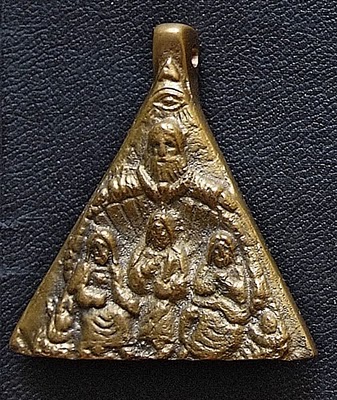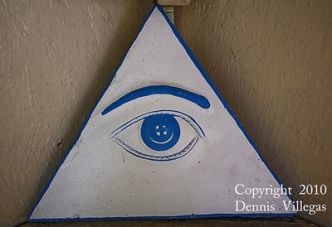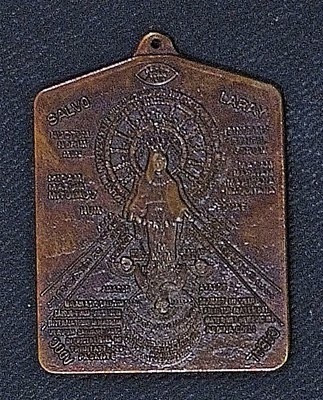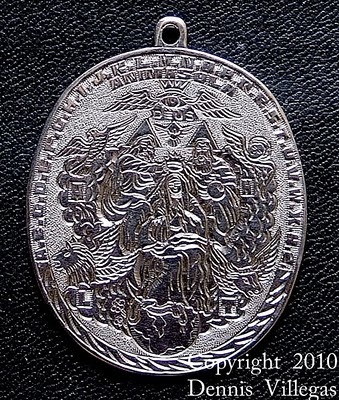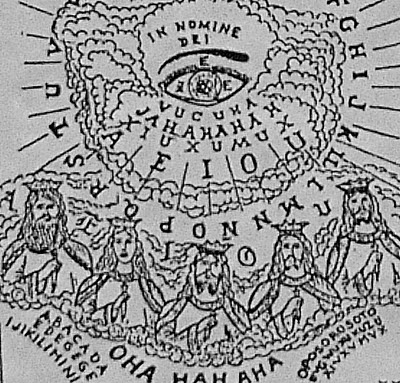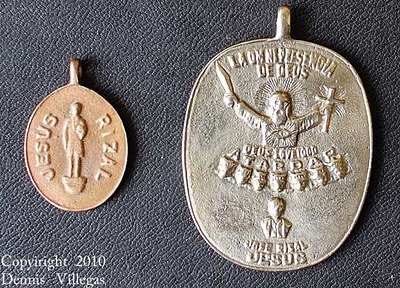Bonding over an ancient art

Practical tactics: Prof Dr Azlan Ghanie (right) trains his student Dr Mustafa Bakri and his two sons.
EPIDEMIOLOGIST Dr Mustafa Bakri’s fascination with silat started from watching old Malay films from the 1960s such as Anak Buluh Betong and Dharma Kesuma.
“I was fascinated by how silat invoked the spirit of heroism and justice. But after being introduced to different silat techniques such as silat lintau and silat panji alam in secondary school, I realised martial arts acts in movies were choreographed, be it in Malay, European, Hollywood or Japanese movies.
“Silat teaches the core art of martial arts, minus the fancy moves seen on the big screen. In a real fight, the scenario is entirely different. Silat is thus far one of the best and most practical,” shares Dr Mustafa, 57, who works at the Seremban district health office.
The Perak-born doctor attends Silat Melayu Keris Lok 9 lessons which he considers one of the most practical self-defence tactics.
“It is one of the few silat systems where students (beginners included) are encouraged to use the keris in both armed and unarmed combat. Silat exponents can use simple yet effective movements to counter attack the opponent.
“To me, Silat Melayu Keris Lok 9 is the most practical silat by far as it combines skill and rigorous exercise. It requires minimal running, pumping or punching unlike other silat forms that I have seen, making it a perfect martial arts form-cum-exercise for me,” he said.
Silat Melayu Keris Lok 9 is an old system in Silat Melayu that can be traced back to the Malacca Sultanate and it is believed Malay warriors used it to fight Portuguese invaders.
The modern version of this form of martial arts was developed by silat exponent Prof Dr Azlan Ghanie, who had learnt it from his father Abdul Ghanie Abu Bakar, who inherited it from his grandfather Abang Salleh Datu Patinggi Borhassan.
Dr Mustafa, who has been learning silat since 2007, is one of Azlan’s students. He was so enthusiastic about silat that he has persuaded his wife Noraishah Mohamed, 49, and his sons Muhammad Syahridwan, 13 and Muhammad Syahriezlan, 11, to participate in Azlan’s classes.
“Since my wife and sons do not do much physical activities, the classes help to keep them active,” said Dr Mustafa who has six children.
Noraishah, a homemaker, was inspired to join silat classes due to its simplicity and practicality. “We learn self-defense tips for women, be it in public spaces or at home. It is especially useful as I am a housewife and I am home alone most of the time,” said Noraishah, who has been a silat student for two years.
Muhammad Syahridwan’s interest was sparked by his father’s enthusiasm. “My parents have been silat enthusiasts and their interest rubbed off on us. I enjoy my silat lessons as they build confidence and discipline. It is also a good form of exercise,” said the secondary school student. Dr Mustafa works in Seremban but travels back to be with his family in Rawang during weekends. Every Saturday, his family travels from Rawang to Setapak, Kuala Lumpur for their silat lessons.
Students start their classes with Senaman Melayu Tua, an ancient form of physical exercise that focuses on breathing techniques, stretches and movements to strengthen the body. After the warming up session, students learn different forms of loks (a Malay term for the curve on the blade of the keris).
There are five loks (numbered one, three, five, seven and nine) to be learned to complete the basic syllabus. Learning the loks is the key to the principles of fighting in armed and empty hand combat. The basic syllabus takes two years of regular training to complete.
Dr Mustafa adds that besides an art of self defence, silat also places emphasis on adab (respect) and adat (customs). Traditional Malay values are maintained throughout classes where students are taught how to respect their elders and each other. Students are also taught how to confront danger (with or without weapons) which is useful for different age groups and gender.
“Silat practitioners are taught to respect our opponents and training tools. Before each session, we have to bow a little to shake hands with partners and kiss our weapon as a sign of respect. This traditional martial arts form teach us to avoid trouble and protect ourselves from danger. Being able to handle the keris during practice has helped boost my sons’ self confidence,” explained Dr Mustafa, adding that plastic or wooden knives are also used during sparring sessions.
Traditionally, the keris is regarded more than just a weapon and the adab (manners/ rules of behaviour) surrounding this art is extremely important. The keris is a symbol of the ancient Malay culture and must be respected, and those who own a keris carry heavy responsibilities. Learning the customs and traditions associated with the keris is an integral part of the syllabus.
Another benefit of learning silat is that it is good for health as its practitioners learn how to regulate their breathing. “Some silat students with asthma and shortness of breath are now more aware of proper breathing techniques. Learning how to improve breathing is among the core essentials of silat,” said Azlan, who charges RM50 monthly for his silat classes.
Azlan has also further developed Senaman Tua – a traditional exercise system based on the movements found in Silat Melayu Keris Lok 9. He had turned to this exercise form after he suffering from a stroke at 32, which left him partially paralysed.
“Although I sought all sorts of treatments ranging from modern to traditional, I didn’t show signs of improvement. I eventually started to practise various techniques of Senaman Tua (which I had learnt from my father) and my health gradually improved,” recounted Azlan, who is the founder and editor of Seni Beladiri, a monthly magazine dedicated to the Malaysian martial arts scene.
Dr Mustafa hopes more youngsters will learn silat as it is a self-defense art passed down from the warriors of the olden days. “Sadly, some feel that silat is out of fashion and not a necessity. Hopefully more students will sign up for classes as it is a powerful martial arts form that stresses on team spirit and confidence.”
*For more details on Silat Melayu Keris Lok 9, go to senibeladiri.com.my.





